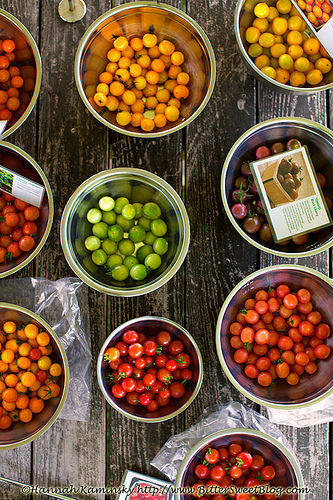
The Good Food Movement: Increasing Healthy Locally Grown Food
A reliable source of fresh locally grown food is essential if you want to stay healthy. Jim Slama has promoted environmental sustainability for more than two decades, and his organization, Family Farmed, is a major supporter and proponent of the Good Food Movement.
For many years, he published a natural living magazine called Conscious Choice, which had a circulation of about 50,000 copies. Eventually, the media recession, followed by the Great Recession, killed the magazine.
February 16, 2015 | Source: Mercola.com | by Dr. Mercola
A reliable source of fresh locally grown food is essential if you want to stay healthy. Jim Slama has promoted environmental sustainability for more than two decades, and his organization, Family Farmed, is a major supporter and proponent of the Good Food Movement.
For many years, he published a natural living magazine called Conscious Choice, which had a circulation of about 50,000 copies. Eventually, the media recession, followed by the Great Recession, killed the magazine.
In the midst of doing Conscious Choice, Jim reported on an incinerator in Chicago1 that was putting out 150,000 pounds of lead per year into the local environment.
Appalled, he got together with friends in the advertising industry, and created an ad campaign featuring the story of two kids who lived near the facility. "Lo and behold, we shut it down within six months," he says. "It was very exciting."
A foundation gave him $400,000 dollars to start an environmental communications group, and the first major campaign, “Keep Organic Organic,” was created in response to the US Department of Agriculture’s (USDA) proposal to allow genetically engineered food grown in sewage sludge to be called “organic.”
The USDA got 275,000 comments in opposition as a result of these efforts and the entire massive grass-roots response. The agency then raised the white flag and agreed to keep genetically modified organisms (GMOs) and many other toxic things out of the organic standards.
Next, Jim decided he wanted to do a Buy Local campaign.
“That summer, I went out to local stores and supermarkets to see what kind of local organic food was available, and realized that other than Whole Foods and a few farmers markets, which had little bit, there was none available.
There are so many benefits with local sustainably produced food. They’re obviously healthy, because it’s fresher if it’s grown closer to home and preferably organic. If they are grown without pesticides, it will have a positive impact on the local ecosystem.
But then also you're reducing carbon footprints, you're helping support family farmers, and you're helping to support local economic development in those communities.
At that point, we decided 'Let's figure out what it's going to take to create local food systems.' That's really how we got started working in that.”
Rise of the Local Food Movement
There is important support that is needed to facilitate optimized interactions between farmers, the producers of artisanal food, supermarkets, and trade buyers.
One of the first steps was to create a trade show for the local sustainable food industry. The first such trade show took place 11 years ago. Fifty farmers and 300 people, mostly trade buyers, attended. The following year, a consumer show was added, and the event has been building ever since.
Six years ago, Jim again expanded what by then was known as the Good Food Festival & Conference, holding a financing conference to help local farmers, food hubs, and artisan food producers to get financing.
“Since then, we’ve done about eight million dollars of deals,” he says. “We’ve launched something called the Good Food Business Accelerator, which is an entrepreneur training program for food farmers as well as food artisans. Whole Food is a major partner in this project.
They’re a lead along with the USDA, the Small Business Administration, UNFI, and Food: Land: Opportunity: Relocalizing the Chicago Foodshed, a philanthropic project of the Searle Funds at the Chicago Community Trust.
In addition, we have helped link hundreds of Chicago area trade buyers with local farmers, food artisans, and large-scale buyers like schools, hospitals, and universities. Even O’Hare and Midway Airports are increasing their sustainable and local sourcing.
And McCormick Place, the largest convention center in America, announced a commitment to source 15 percent of their food from local and sustainable sources at our trade show two years ago. This year, more than 40 percent of their food will come from local or sustainable sources.”
https://www.youtube.com/watch?v=yhTLTYgKnaM
